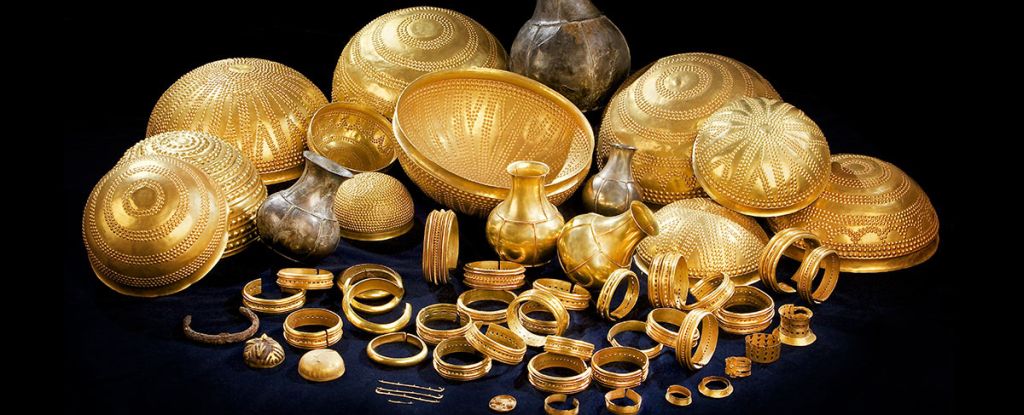ARTICLE AD
Paleontologists found a fossilized pterosaur—a flying reptile that lived alongside the dinosaurs—fittingly on Scotland’s Isle of Skye. Dubbed Ceoptera evansae, the 165-million-year-old pterosaur is the second one found in Scotland to date and it could clue researchers into how pterosaurs diversified.
Alex Winter on Innovative Horror Movies
Pterosaurs were the first vertebrates to evolve powered flight, which they used to occupy the ecological niches later occupied by seabirds, storks, and other airborne creatures. C. evansae was actually found in 2006 on Skye’s southwestern coast, but the team then spent time excavating the fossil and CT-scanning parts of the bone that were too delicate to separate from the stone in which they were found. The team’s research describing the fossil was published this week in the Journal of Vertebrate Paleontology.
“Pterosaur fossils have a very poor fossil record in general, as their bones are quite fragile,” said Paul Barrett, a paleontologist at London’s Natural History Museum and co-author of the study, in a museum release. “As flying animals, they’re also not spending as much time on the ground near the rivers and lakes where fossils usually form.”
C. evansae is just the latest pterosaur found on Skye. In February 2022, paleontologists announced the discovery of Dearc sgiathanach, a winged reptile from the Middle Jurassic. D. sgiathanach had a roughly 8-foot-wide wingspan, making it the largest creature of its kind found from the Jurassic.

That’s not to say it was the largest pterosaur, though. That title belongs to Quetzalcoatlus, a North American pterosaur that stood 12 feet (3.66 meters) tall with a 40-foot (12.2 m) wingspan, making it the largest flying animal ever known. C. evansae’s estimated wingspan was a little over 5 feet (1.6 m), making it a scrawnier pterosaur than the other Scottish specimen.
Nevertheless, C. evansae adds to a growing portfolio of ancient life in what is now Scotland alongside D. sgiathanach. Both hailing from the Jurassic, the two pterosaurs indicate that there was a diversity of flying reptiles in the area.
“We now think that the darwinopterans persisted for around 25 million years alongside a rich diversity of other pterosaurs, including Dearc,” Barrett added. “This overlap is very rarely found in the fossil record, with China and the UK currently the only places where this is known.”
Analysis of the pterosaur also showed off paleontologists’ relatively new ability to digitally prepare fossils, using CT scanning to see bones that cannot be excavated. Researchers can then create 3D maps of the fossil in-situ, and even digitally reconstruct the ancient animals.
The record of pterosaur fossil record from Scotland was barren for centuries, but with two pterosaurs found on Skye in as many years, we may be in for a watershed moment for understanding the ecology of the Middle Jurassic.
More: Scotland Was the Real ‘Jurassic Park’ During the Reign of Dinosaurs, Newfound Footprints Suggest

 1 year ago
73
1 year ago
73 

